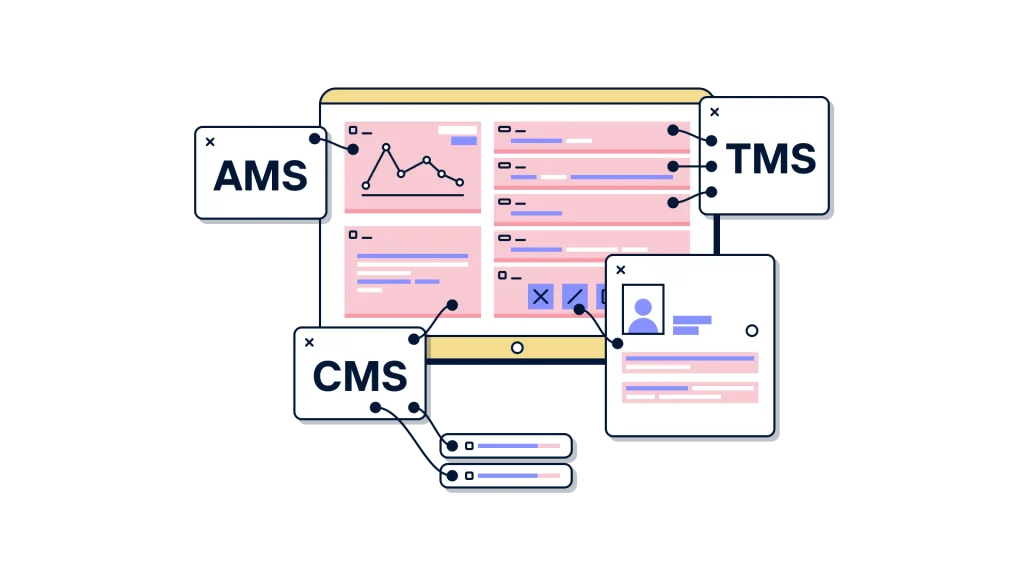Without sketching the basic code structure and architecture, there is no way to migrate from AngularJS to React or Angular 15. We detect dependencies, spot duplicate logic, and segment the app into functional areas. In particular, the AngularJS migration best practices involve the following in-depth technical dives:
- Extracting a Dependency Graph: Using static code analysis and runtime instrumentation, our developers build a visual map of calls between components, directive bindings, and third-party modules.
- Classifying Components: We categorize each component according to its business role, technological complexity, and frequency of use.
- Template Risk Assessment: Our team finds anti-patterns in AngularJS templates, such as nested scopes, watchers, and two-way bindings. Then, they grade each template based on how difficult it would be to restructure.
- Mapping Services and States: We examine global services, event buses, and stateful directives to identify functionality that requires transitioning to structures compatible with RxJS or NgRx.
- Finding Dead Code and Redundancy: We find unwanted services, redundant modules, and old fallbacks through AI-accelerated algorithms to eliminate them before migration as a part of AngularJS code refactoring.
As a result, you receive an AngularJS modernization roadmap and a pre-processed codebase, segmented and clarified, to ensure a smooth transition.





































